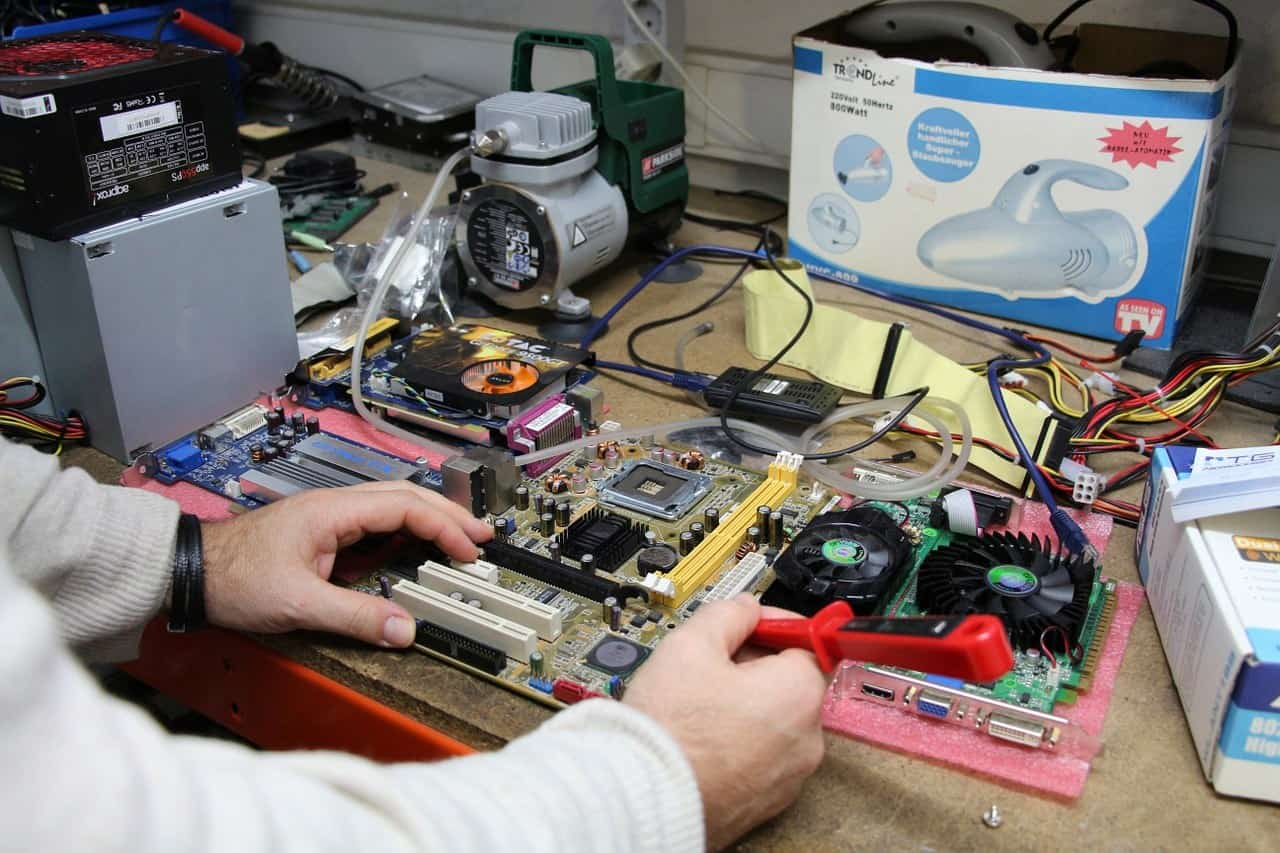Introduction
In the digital age, fostering a strong online community has become a powerful way for businesses, organizations, and individuals to connect with their audience. Building a vibrant and engaged online community goes beyond numbers; it involves creating a space where members feel valued, connected, and actively participate. This article explores effective strategies for building and nurturing a robust online community.
Establish a Clear Mission Statement
Before embarking on community building, define the purpose and goals of your online community. Whether it’s facilitating discussions, sharing knowledge, or supporting a cause, a clear mission statement sets the tone and attracts members who align with the community’s objectives.
Identify Target Audience
Understand your target audience’s needs and preferences. Tailor your community’s goals and content to meet the interests and expectations of your audience. Identifying and addressing the specific needs of your community members fosters a sense of relevance and value.
Select an Appropriate Platform
Choose a platform that aligns with your community’s goals and the preferences of your target audience. Whether it’s a forum, social media group, or a dedicated website, the platform should be user-friendly, accessible, and conducive to the type of interactions you want to promote.
Utilize Community Management Tools
Employ tools and software that facilitate community management. Features like discussion boards, polls, and analytics can enhance the user experience and provide valuable insights into community engagement. Effective community management tools streamline communication and moderation.
Set Clear Community Guidelines
Establish clear and comprehensive community guidelines that promote positive interactions and inclusivity. Clearly outline expectations for member behavior, language, and content to create a safe and welcoming environment for everyone.
Encourage Constructive Engagement
Foster a culture of constructive engagement by encouraging meaningful discussions and discouraging negativity. Actively participate in conversations, address conflicts promptly, and celebrate contributions to reinforce a positive atmosphere within the community.
Create and Share Relevant Content
Regularly create and share content that adds value to your community. This can include articles, tutorials, expert interviews, or user-generated content. Providing valuable and relevant information keeps members engaged and positions your community as a go-to resource.
Facilitate Knowledge Sharing
Encourage members to share their expertise and experiences. Host webinars, Q&A sessions, or themed discussions to facilitate knowledge sharing. Empowering members to contribute to the collective learning experience strengthens the community bonds.
Highlight Member Achievements
Acknowledge and celebrate the achievements of community members. Whether it’s reaching milestones, sharing valuable insights, or contributing to discussions, recognizing members publicly reinforces a sense of belonging and encourages continued engagement.
Implement a Reward System
Consider implementing a reward system to recognize active and valuable community members. This could include badges, exclusive access to content, or even tangible rewards. A reward system incentivizes participation and fosters a sense of appreciation.
Regularly Communicate with Members
Maintain an open line of communication with community members. Regularly share updates, announcements, and important information. Proactive communication ensures that members feel informed and involved in the community’s evolution.
Solicit Feedback and Act on It
Seek feedback from your community members on a regular basis. Understand their needs, preferences, and concerns. Act on the feedback received by making improvements, implementing suggested features, or addressing issues promptly.
Conclusion
Building a strong online community requires a thoughtful approach that goes beyond the technical aspects of platforms and tools. By defining clear goals, choosing the right platform, promoting positive communication, offering value through quality content, recognizing contributions, and engaging proactively, you can create a thriving online community. Remember that community building is an ongoing process that requires dedication, adaptability, and a genuine commitment to fostering meaningful connections. As your community grows, the bonds formed within it will not only strengthen but also contribute to the overall success and sustainability of the online community you’ve worked hard to build.



